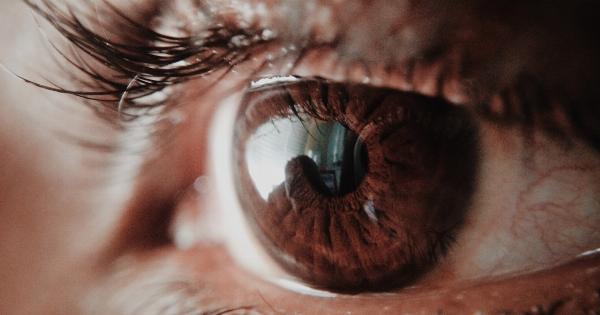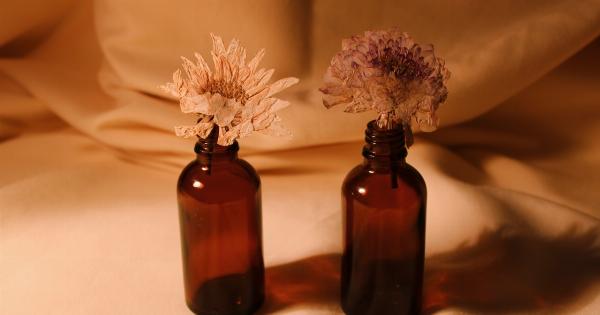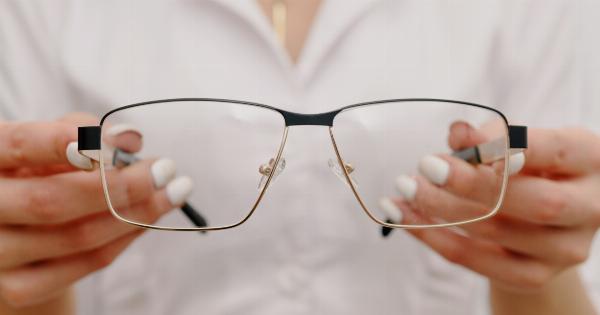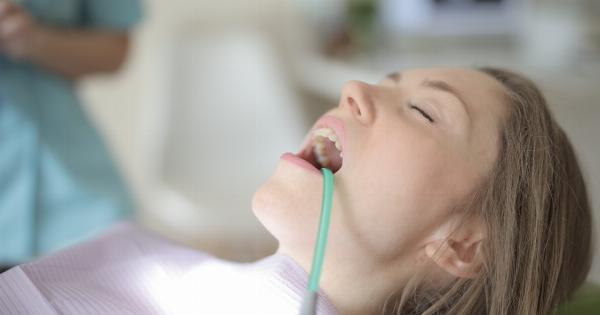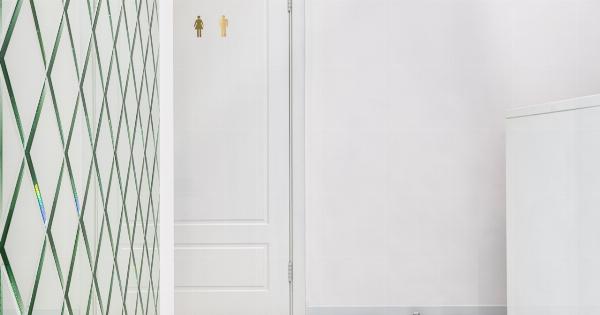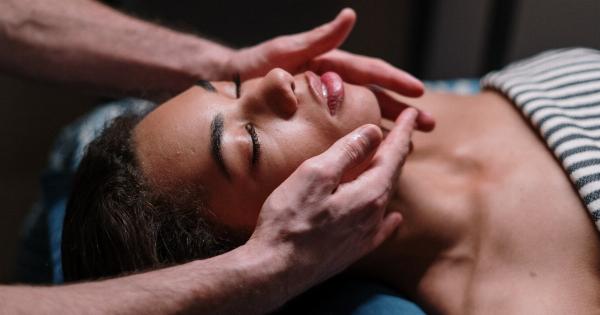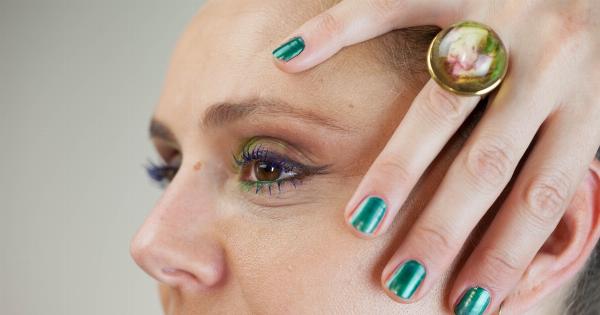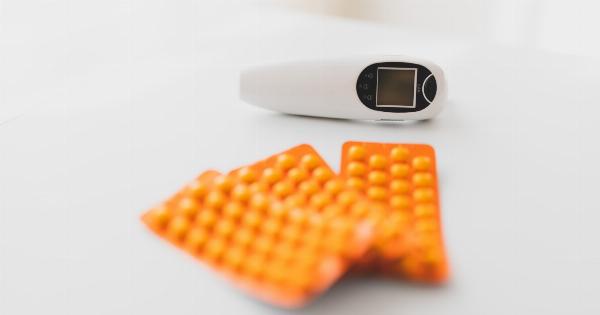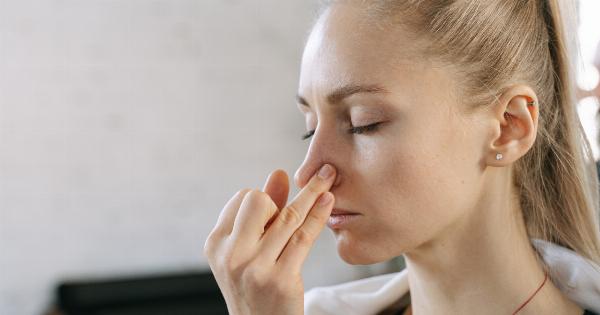Hordeolum, commonly known as eye barley, is a common eye infection that affects the eyelid. It is characterized by the formation of a red, swollen lump typically at the base of the eyelashes or inside the eyelid.
The lump is usually painful and can cause discomfort and irritation.
Types of Hordeolum
There are two main types of hordeolum:.
1. External Hordeolum (Stye)
An external hordeolum, also known as a stye, is an infection of the oil glands present at the base of the eyelashes. It appears as a red, swollen bump on the outer edge of the eyelid.
Styes are usually filled with pus and may cause the eyelid to be tender to touch.
2. Internal Hordeolum
An internal hordeolum occurs when an infection develops in the meibomian glands, which are oil-producing glands present on the inner side of the eyelid. Unlike external hordeola, internal hordeola do not have a visible bump on the surface of the eyelid.
Instead, they result in swollen, red eyelids and can cause pain and discomfort.
Causes of Hordeolum
The primary cause of a hordeolum is a bacterial infection. The bacterium Staphylococcus aureus is the most common culprit behind hordeolum formation. This bacterium is typically found on the skin or in the nose.
When it enters the oil glands or hair follicles on the eyelids, it can lead to an infection and the development of hordeolum.
Symptoms of Hordeolum
The symptoms of hordeolum may include:.
- A painful, red lump on the eyelid.
- Tenderness and swelling of the eyelid.
- Watering of the eye.
- Sensitivity to light.
- Blurred vision (in rare cases).
- Crusting of the eyelid margin.
Treatment Options
Treatments for hordeolum may include:.
1. Warm Compresses
Applying warm compresses to the affected eye can help reduce inflammation, promote drainage, and provide relief from symptoms.
Soak a clean washcloth in warm water, wring out the excess water, and place it gently on the closed eyelid for around 10-15 minutes, several times a day.
2. Antibiotic Ointments
In some cases, your healthcare provider may prescribe antibiotic ointments or eye drops to treat the infection and prevent further complications. These medications are typically applied directly to the affected eyelid and should be used as instructed.
3. Incision and Drainage (for severe cases)
If the hordeolum does not respond to conservative treatments, a minor surgical procedure known as incision and drainage may be performed.
This involves making a small incision in the hordeolum to facilitate the drainage of pus, relieving pain and promoting healing.
Prevention of Hordeolum
To reduce the risk of developing hordeolum, it is advisable to:.
- Wash your hands frequently, especially before touching your eyes or applying any eye products.
- Avoid sharing eye makeup and personal eye care items with others.
- Remove makeup before going to bed to prevent clogged oil glands and subsequent infection.
- Clean contact lenses properly and avoid wearing them when you have a hordeolum.
- Avoid rubbing or touching your eyes excessively.
- Maintain good eyelid hygiene by gently washing the eyelids with mild cleansers.
When to Seek Medical Attention
In most cases, hordeolum resolves on its own within a few days to a week. However, you should consult a healthcare professional if:.
- The lump becomes increasingly painful or does not improve with home treatments.
- Your vision becomes affected.
- The infection spreads to other parts of the face.
- You develop recurrent hordeolum.
Conclusion
Hordeolum, or eye barley, is a common eye infection affecting the eyelid. It can cause discomfort, pain, and swelling.
Understanding the different types, causes, and treatment options for hordeolum is key to managing and preventing this condition effectively. By practicing good eyelid hygiene and seeking medical attention when necessary, you can alleviate symptoms and promote healing.


